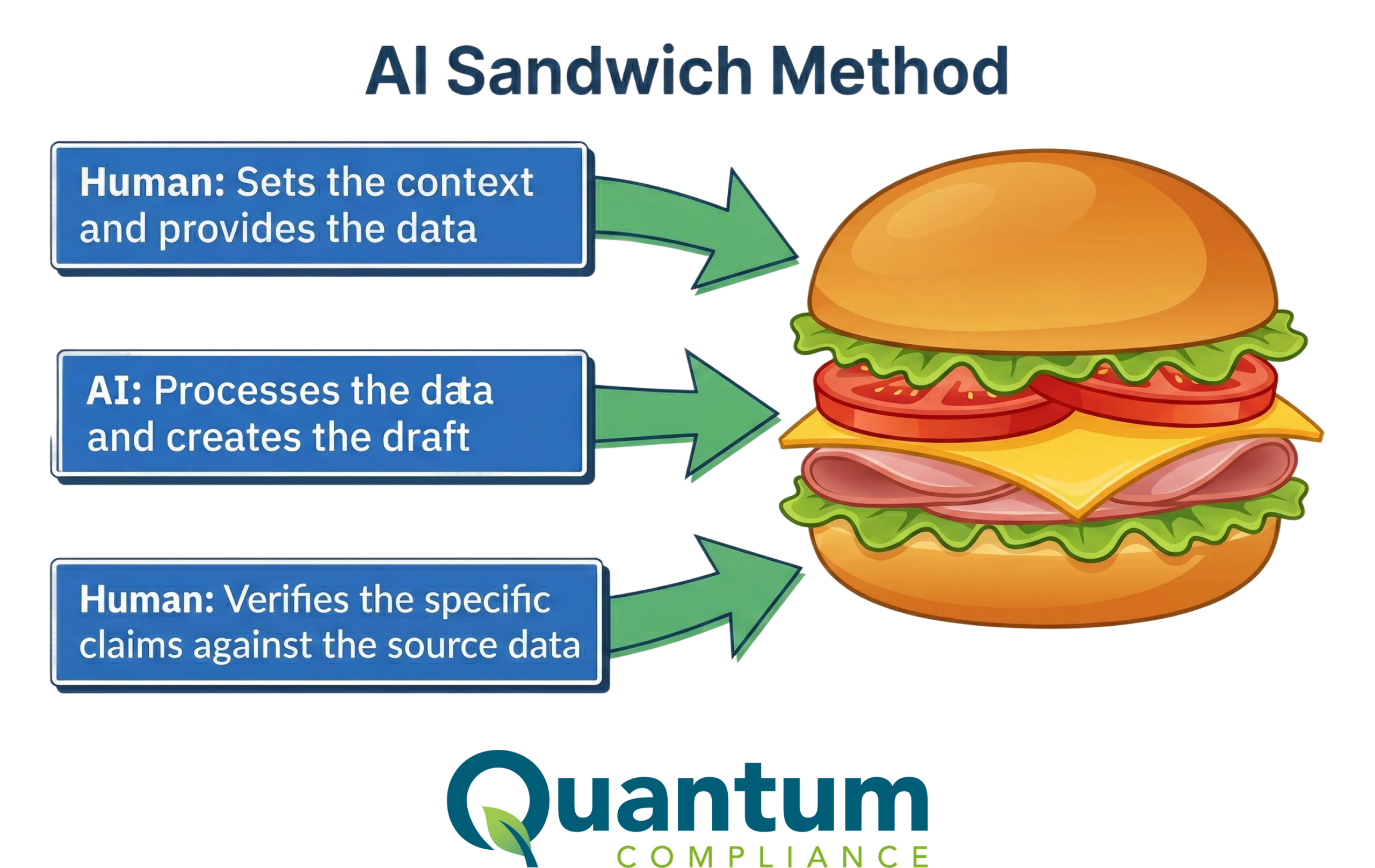In any industry that handles hazardous chemicals, the authorization process for chemical use and procurement is a critical safety and compliance measure. Effective chemical authorization ensures that all substances are reviewed and approved by qualified personnel before they enter the workplace, significantly minimizing risks associated with chemical exposure. This article explores how structured chemical authorization processes can bolster safety protocols and ensure compliance with industry regulations, ultimately safeguarding employees and the environment.
Importance of a Robust Chemical Authorization Process
A robust chemical authorization process is vital for several reasons:
- Risk Reduction: It ensures that only necessary chemicals are used in the workplace and that these chemicals are handled safely.
- Compliance: It helps companies adhere to various local, national, and international regulations, preventing legal issues and potential fines.
- Safety Culture: It fosters a culture of safety and responsibility among employees, emphasizing the importance of proper chemical management.
Key Components of an Effective Chemical Authorization Process
- Comprehensive Evaluation: The first step in chemical authorization is a thorough evaluation of the chemical’s properties and potential hazards. This involves reviewing the Safety Data Sheets (SDS), which provide detailed information on handling, storage, and emergency measures related to the chemical.
- User-Defined Authorization Forms: Implementing user-defined authorization forms that are tailored to the specific needs of an organization can streamline the approval process. These forms should include critical information such as the quantity of the chemical requested, its intended use, and the necessary personal protective equipment (PPE).
- Approval by Qualified Personnel: Chemical authorization should be granted only by individuals who have the requisite knowledge and authority, such as safety managers or chemical hygiene officers. This step ensures that all chemicals are scrutinized for safety and compliance before they are used.
- Training and Information Dissemination: Once a chemical is authorized for use, it’s crucial that all potential users are trained on its safe handling and emergency procedures. This training should be documented and regularly updated.
- Monitoring and Review: The chemical authorization process should include ongoing monitoring and periodic reviews of chemical use to ensure that handling procedures and compliance measures are continuously observed. This helps identify and mitigate any new risks that may arise.
Leveraging Technology in Chemical Authorization
Advanced tools and software can significantly enhance the efficiency and accuracy of chemical authorization processes. For example, digital platforms can automate many aspects of the process, from initial chemical request forms to final approval notifications. These systems can also maintain an accessible database of all authorized chemicals, including their SDSs and usage logs, which is invaluable for ongoing compliance and safety audits.
Conclusion
Chemical authorization is a fundamental component of chemical safety management, crucial for maintaining a safe working environment and ensuring compliance with regulatory standards. By implementing a systematic authorization process and leveraging modern technology, organizations can enhance their chemical safety protocols and build a stronger culture of compliance and safety. In doing so, they not only protect their employees and operations but also contribute to a safer industry standard.







